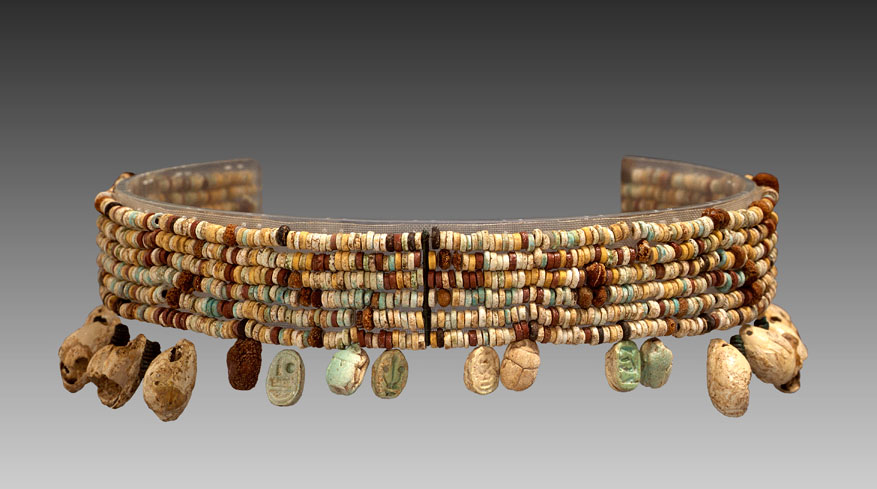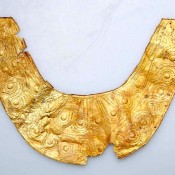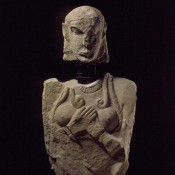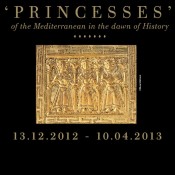The exhibition “Princesses of the Mediterranean in the Dawn of History”, presented at the Cycladic Art Museum, will be on show until May 8.
The exhibition presents 24 examples of ‘princesses’ from Greece, Cyprus, Southern Italy, and Etruria from 1,000 to 500 BC, and over 500 artefacts. Royal ladies or princesses; priestesses or healers; women of authority or knowledge; local women, who stood apart from the rest; other women, who accepted and adopted the cultural traits of different societies or of the men they married in their homeland – local or foreign men – or even those women, who for reasons of intermarriage, traveled from one place to another, are the women this exhibition examines. Through their stories, one can distinctly perceive how these women played a contributing role in broadening the cultural horizons of their time, including their involvement in the development of the archaic Mediterranean culture.
Director of the Cycladic Art Museum and curator of the exhibition Professor Nicholas Stampolidis commented on the huge success of the “Princesses”: “We heartily thank the audience for ‘embracing’ this exhibit and for bringing the Princesses ‘back to life’ by its presence. Every day, especially on weekends and during guiding tours’ hours, the Cycladic Art Museum is full of groups of friends, young people, children and families. This is a very encouraging sign – especially considering today’s unfavorable conditions. It is a sign of optimism and the firm belief that we have to maintain high standards so that we, as a community, move forward in a creative manner. From our rich past we can draw knowledge, inspiration and strength, and keep up acomplishing work of internationally high quality.”
As Mr. Stampolidis stressed: “The ‘Princesses’ of the Mediterranean at the Dawn of History is an exhibit which allows multiple interpretations. What makes it so special and popular to the audience is that our aim for this exhibit was to examine history through the eyes of women – and not of men (kings, warriors, leaders etc.), as is usually the case in archaeological exhibitions. Real women, who lived and acted, who left their mark and opened up opportunities for cultural exchange. Women who lived thousands of years before, but whose stories and personal objects ‘speak’ even today, and each visitor can find elements to identify with, to admire, and to get inspired.”
Opening hours change during holidays:
March 2013: Monday 18.03: closed, Tuesday 19.03: 10.00-17.00, Monday 25.03: closed, Tuesday 26.03: 10.00-17.00
Easter holidays 2013: Tuesday 30.04: 10.00-17.00, Wednesday 01.05: closed, Thursday 02.05: 10.00-20.00, Friday 03.05: 12.00-17.00, Saturday 04.05: 10.00-15.00, Sunday 05.05: closed, Monday 06.05: closed, Tuesday 07.05: 10.00-17.00.





